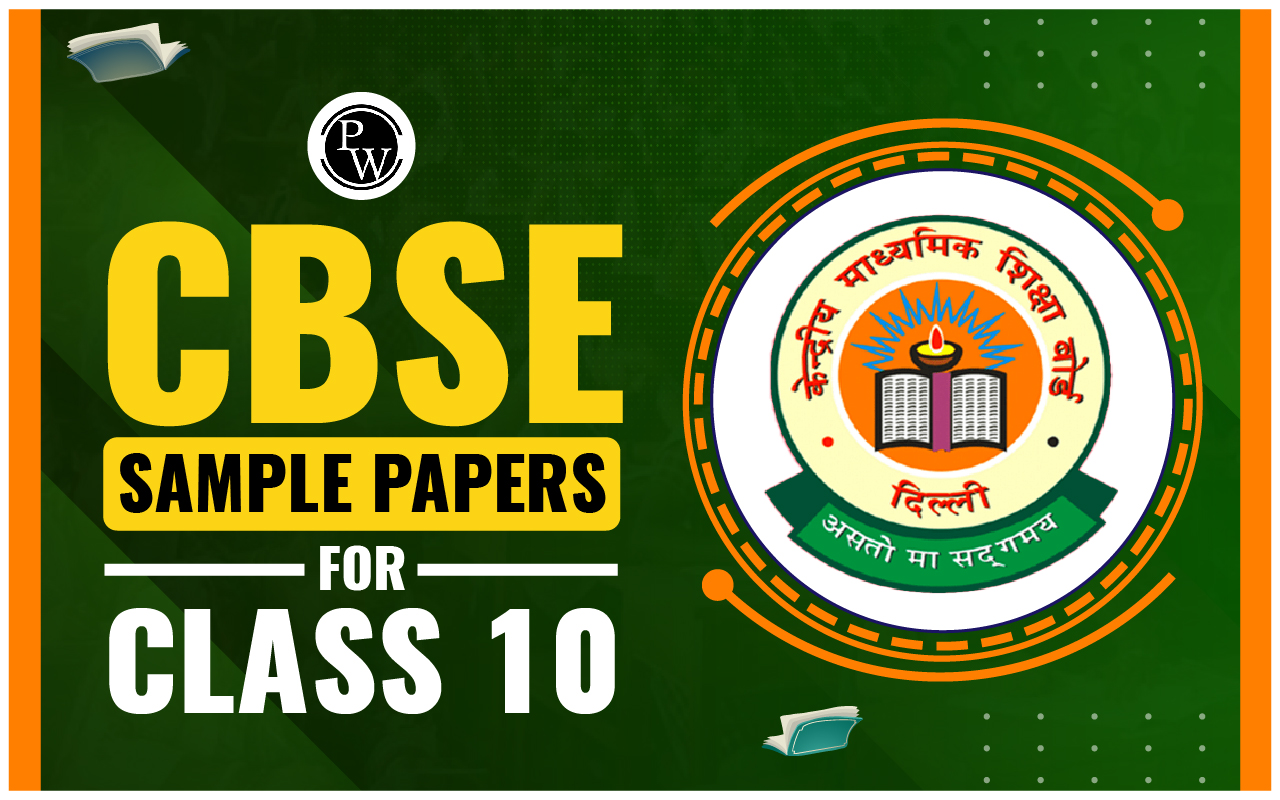

What is Heat Conduction?
Heat Transfer Formula: Heat conduction is the transfer of thermal energy through a material without any visible movement of the material itself. It occurs due to the interaction of neighboring particles in a substance. When a material is heated at one end, the heat energy is transferred from the hot end to the colder end. This process continues until thermal equilibrium is reached, and the material attains a uniform temperature.The Formula for Heat Conduction
Heat Transfer Formula: One of the fundamental principles of heat conduction is expressed through the Fourier's Law of Heat Conduction, which can be represented by the formula: Q = -k * A * (ΔT / Δx) Where: - Q represents the rate of heat transfer (in Watts, W). - k is the thermal conductivity of the material (in Watts per meter per Kelvin, W/m·K). - A is the cross-sectional area through which heat is being conducted (in square meters, m²). - ΔT is the temperature difference between the two ends of the material (in Kelvin, K). - Δx is the distance over which heat is conducted (in meters, m). This formula is crucial in understanding and calculating heat transfer rates in various scenarios.Solved Examples of Heat Transfer Formula
Question 1: Calculate the rate of heat transfer through a steel plate with a thickness of 5 mm and an area of 0.1 m². The temperature difference between the two sides is 100°C. The thermal conductivity of steel is 50 W/m·K. Solution: We can use the formula for heat conduction: Q = -k * A * (ΔT / Δx) Q = -50 W/m·K * 0.1 m² * (100°C / 0.005 m) Q = -5000 W The negative sign indicates that heat is flowing from the hot side to the cold side. Question 2: A copper wire with a diameter of 2 mm and a length of 3 meters is used to conduct heat. If the temperature difference between the ends of the wire is 50°C, calculate the rate of heat transfer. The thermal conductivity of copper is 398 W/m·K. Solution: First in Heat Transfer Formula, calculate the cross-sectional area (A) of the wire: A = π * (d/2)² A = π * (0.001 m)² A ≈ 3.1416 * 1e-6 m² Now, use the heat conduction formula: Q = -k * A * (ΔT / Δx) Q = -398 W/m·K * 3.1416 * 1e-6 m² * (50°C / 3 m) Q ≈ -0.00236 W Again, the negative sign indicates heat is flowing from the hot end to the cold end. Question 3: A wall of thickness 20 cm (0.2 m) has a temperature difference of 30°C between its two sides. Calculate the rate of heat transfer through the wall. The wall is made of concrete with a thermal conductivity of 1.2 W/m·K. Solution: Heat Transfer Formula Using the heat conduction formula: Q = -k * A * (ΔT / Δx) Q = -1.2 W/m·K * 1 m² * (30°C / 0.2 m) Q = -180 W Question 4: A steel rod with a length of 2 meters and a cross-sectional area of 0.02 m² has a temperature difference of 200°C along its length. Calculate the rate of heat transfer. The thermal conductivity of steel is 50 W/m·K. Solution: Using the heat conduction formula: Q = -k * A * (ΔT / Δx) Q = -50 W/m·K * 0.02 m² * (200°C / 2 m) Q = -500 W Question 5: An aluminum plate with a thickness of 0.01 m and an area of 0.5 m² has a temperature difference of 80°C across it. Calculate the rate of heat transfer. The thermal conductivity of aluminum is 200 W/m·K. Solution: Using the Heat Conduction Formula: Q = -k * A * (ΔT / Δx) Q = -200 W/m·K * 0.5 m² * (80°C / 0.01 m) Q = -80000 W Question 6: A glass window has a thickness of 4 mm and an area of 2 m². The temperature outside is -10°C, and inside is 20°C. Calculate the rate of heat loss through the window. The thermal conductivity of glass is 0.8 W/m·K. Solution: Using the Heat Conduction Formula: Q = -k * A * (ΔT / Δx) Q = -0.8 W/m·K * 2 m² * (20°C - (-10°C) / 0.004 m) Q = -8000 W Question 7: A copper pipe with a length of 5 meters and a diameter of 10 mm is used to transfer heat. The temperature difference between the two ends is 60°C. Calculate the rate of heat transfer. The thermal conductivity of copper is 398 W/m·K. Solution: Heat Conduction Formula: First, calculate the cross-sectional area (A) of the pipe: A = π * (d/2)² A = π * (0.005 m)² A ≈ 7.8539e-5 m² Now, use the heat conduction formula: Q = -k * A * (ΔT / Δx) Q = -398 W/m·K * 7.8539e-5 m² * (60°C / 5 m) Q ≈ -0.04744 W Question 8: A plastic sheet with a thickness of 1 cm (0.01 m) and an area of 0.3 m² has a temperature difference of 40°C across it. Calculate the rate of heat transfer. The thermal conductivity of plastic is 0.2 W/m·K. Solution: Using the Heat Conduction Formula: Q = -k * A * (ΔT / Δx) Q = -0.2 W/m·K * 0.3 m² * (40°C / 0.01 m) Q = -240 W Question 9: A ceramic tile with a thickness of 8 mm has a temperature difference of 25°C between its top and bottom surfaces. Calculate the rate of heat transfer through the tile. The thermal conductivity of ceramic is 1.5 W/m·K. Solution: Using the Heat Conduction Formula: Q = -k * A * (ΔT / Δx) Q = -1.5 W/m·K * 0.01 m² * (25°C / 0.008 m) Q = -187.5 W Question 10: An iron bar with a length of 3 meters and a cross-sectional area of 0.04 m² has a temperature difference of 150°C along its length. Calculate the rate of heat transfer. The thermal conductivity of iron is 80 W/m·K. Solution: Using the Heat Conduction Formula: Q = -k * A * (ΔT / Δx) Q = -80 W/m·K * 0.04 m² * (150°C / 3 m) Q = -1600 W These solved questions demonstrate the application of the heat conduction formula in various scenarios, helping you understand how to calculate the rate of heat transfer in different situations.Factors Affecting Heat Conduction Formula:
Several factors influence the rate of heat conduction in a material, including:- Thermal Conductivity: The material's thermal conductivity is a key factor. Materials with high thermal conductivity transfer heat more efficiently.
- Cross-Sectional Area : A larger cross-sectional area allows for more efficient heat transfer.
- Temperature Difference: A greater temperature difference between the two ends of the material results in a higher rate of heat transfer.
- Distance: The distance over which heat is conducted affects the rate of conduction. Shorter distances result in faster heat transfer.
Heat Transfer Formula FAQs
What is the SI unit of thermal conductivity?
The SI unit of thermal conductivity is Watts per meter per Kelvin (W/m·K).
Can heat conduction occur in a vacuum?
No, heat conduction requires a material medium. It cannot occur in a vacuum.
How does heat conduction differ from convection and radiation?
Heat conduction involves the transfer of heat through a material, while convection involves the movement of a fluid, and radiation is the transfer of heat through electromagnetic waves.
What are some common materials with high thermal conductivity?
Metals like copper, aluminum, and silver are known for their high thermal conductivity.
🔥 Trending Blogs
Talk to a counsellorHave doubts? Our support team will be happy to assist you!

Check out these Related Articles
Free Learning Resources
PW Books
Notes (Class 10-12)
PW Study Materials
Notes (Class 6-9)
Ncert Solutions
Govt Exams
Class 6th to 12th Online Courses
Govt Job Exams Courses
UPSC Coaching
Defence Exam Coaching
Gate Exam Coaching
Other Exams
Know about Physics Wallah
Physics Wallah is an Indian edtech platform that provides accessible & comprehensive learning experiences to students from Class 6th to postgraduate level. We also provide extensive NCERT solutions, sample paper, NEET, JEE Mains, BITSAT previous year papers & more such resources to students. Physics Wallah also caters to over 3.5 million registered students and over 78 lakh+ Youtube subscribers with 4.8 rating on its app.
We Stand Out because
We provide students with intensive courses with India’s qualified & experienced faculties & mentors. PW strives to make the learning experience comprehensive and accessible for students of all sections of society. We believe in empowering every single student who couldn't dream of a good career in engineering and medical field earlier.
Our Key Focus Areas
Physics Wallah's main focus is to make the learning experience as economical as possible for all students. With our affordable courses like Lakshya, Udaan and Arjuna and many others, we have been able to provide a platform for lakhs of aspirants. From providing Chemistry, Maths, Physics formula to giving e-books of eminent authors like RD Sharma, RS Aggarwal and Lakhmir Singh, PW focuses on every single student's need for preparation.
What Makes Us Different
Physics Wallah strives to develop a comprehensive pedagogical structure for students, where they get a state-of-the-art learning experience with study material and resources. Apart from catering students preparing for JEE Mains and NEET, PW also provides study material for each state board like Uttar Pradesh, Bihar, and others
Copyright © 2025 Physicswallah Limited All rights reserved.











